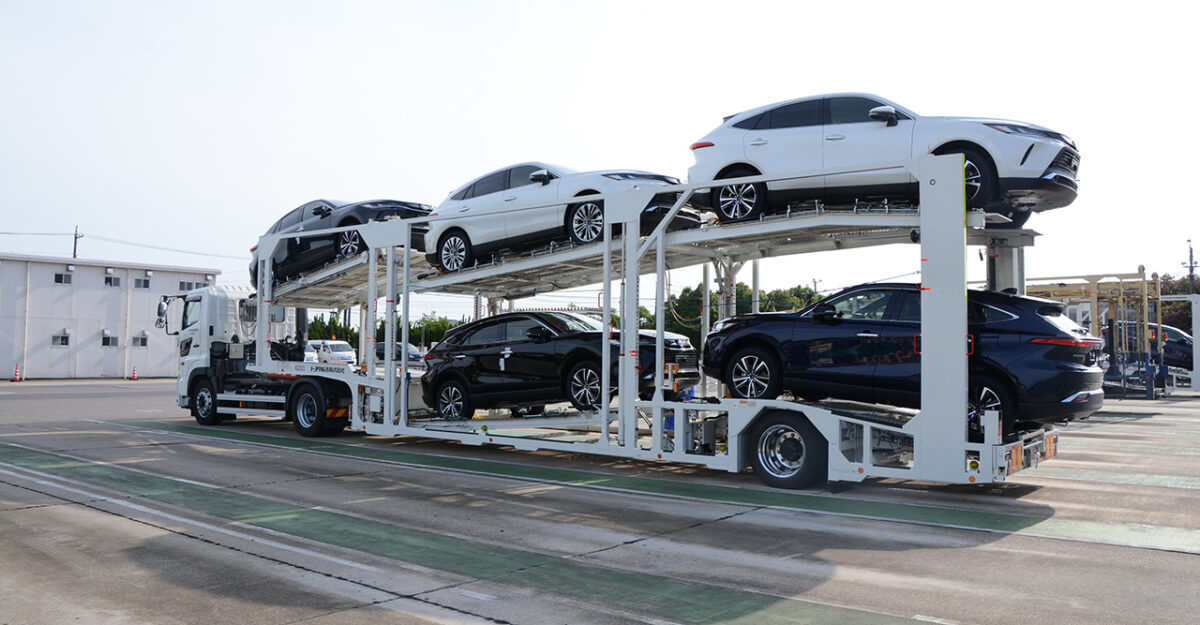2014 has been a rollercoaster year for Russia, a year that is set to end more differently than anyone might have expected 12 months ago.
The feeling of goodwill in the days that followed the Sochi Winter Olympic Games is but a distant memory, overshadowed by Russia’s defiant stance on the Ukraine crisis, the country’s resultant international isolation and its recent admission that it faces recession in 2015.
As we write, the rouble’s freefall (down 50% in 2014) has been temporarily slowed following the government’s decision to start selling foreign exchange. Too little, too late, is the general consensus. This action may help to halt the rouble plunging against the dollar, but it will do little to halt plunging oil prices – the country depends on US$100 a barrel for oil which is currently trading at around US$60 – rising interest rates and the effects of sanctions.
One OEM senior vice president told Automotive World that the volatility in the Russian market is such that a swing (read: decline) of 500,000 units in a year is of much less concern than it would be in an established market like Germany
However, Russia’s highly volatile and rapidly worsening situation has given an interesting short-term boost to certain industries, including automotive and consumer electronics. Aware that their roubles may rapidly lose value, people are spending their cash and boosting retail sales ahead of anticipated major price increases.
There are some planned automotive investments going ahead – Toyota recently invested in its Russian factory, and Ford has begun production of the EcoSport at its JV with Sollers. These investments may surprise, but one school of thought suggests playing the long game. One OEM senior vice president told Automotive World that the volatility in the Russian market is such that a swing (read: decline) of 500,000 units in a year is of much less concern than it would be in an established market like Germany; the OEM SVP was confident that Russia would bounce back, and continue on its path to Europe’s number one car market.
There’s another school of thought, however, that says that months before the Olympic flame even reached Sochi, it was already clear that Russia was showing much less growth potential than it had over the rest of the last decade. In the years after 2008, the pace of market growth and development, and the fact that the country appeared to have ridden the financial crisis that damaged so many other economies, made Russia a must-have on many OEMs’ target market lists. Now, with slow and patchy recovery in mainstream Europe, Russia’s current crisis looks set to have a significant negative impact on the automotive industry in 2015.
Months before the Olympic flame even reached Sochi, it was already clear that Russia was showing much less growth potential than it had over the rest of the last decade
The experience of 2014 has shown how quickly strong consumer confidence can be shattered. Asian OEMs which had bet on Russian growth are suffering; major global OEMs announced several production cuts in recent months, and that was ahead of the latest, most difficult of market conditions.
Across the 12 months of 2015, it’s hard to see anything other than a major economic decline that will make a major dent in the Russian car market’s long-anticipated rise to the top – a dent that could take years to repair.
[divider]
Martin Kahl is Editor, Automotive World.
The AutomotiveWorld.com Comment column is open to automotive industry decision makers and influencers. If you would like to contribute a Comment article, please contact editorial@automotiveworld.com.


